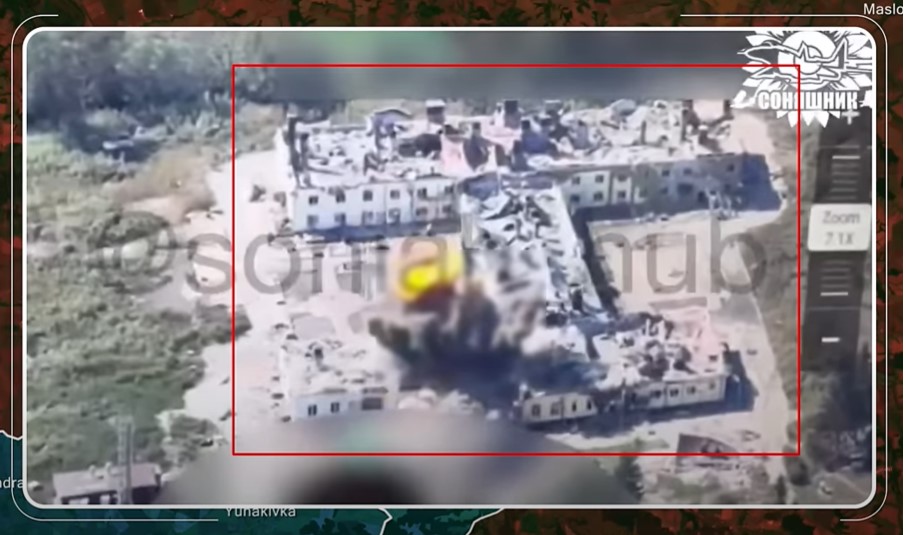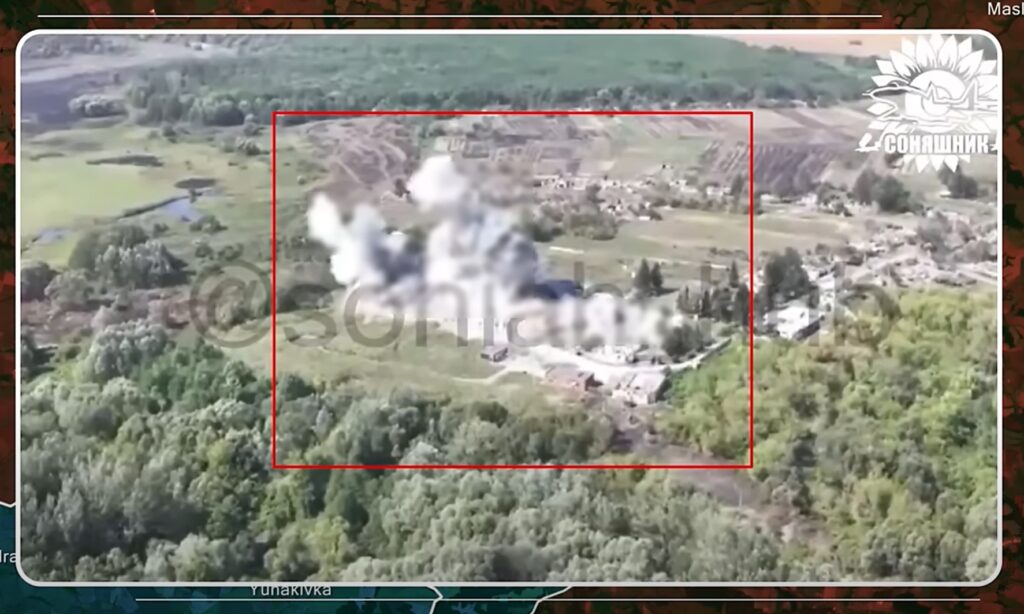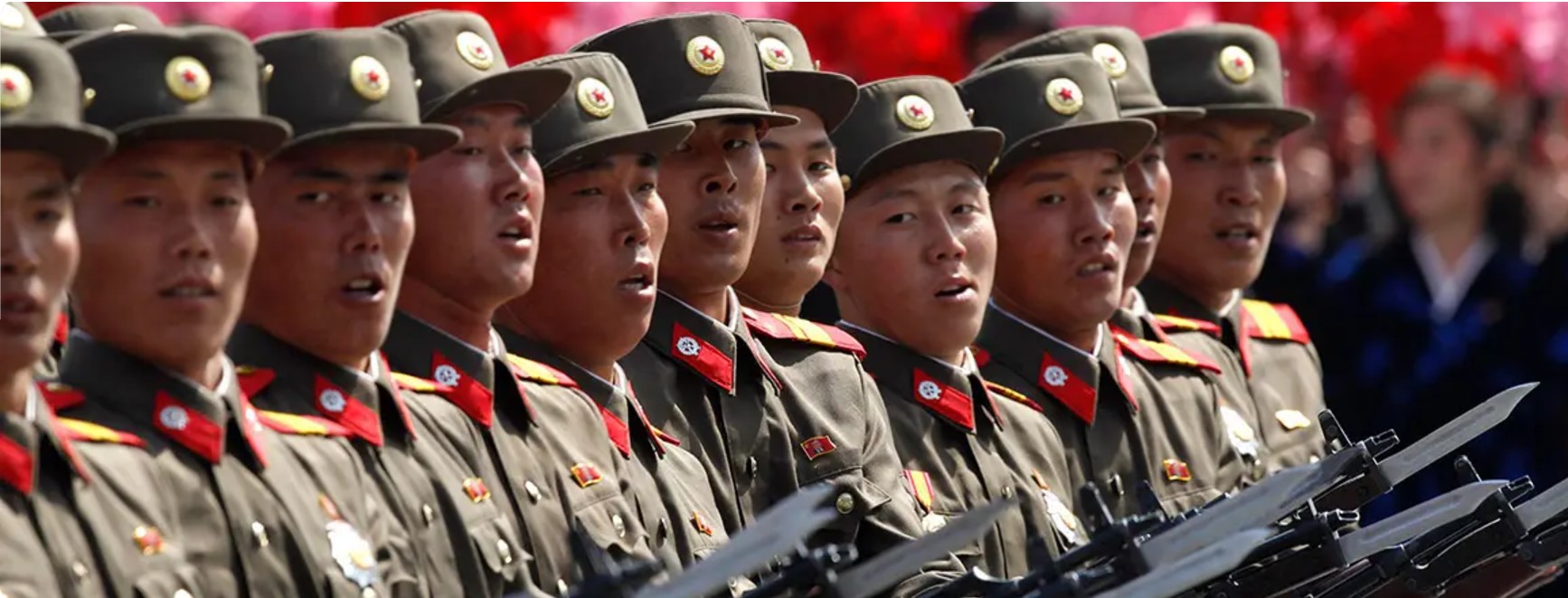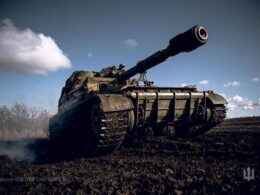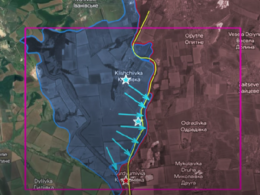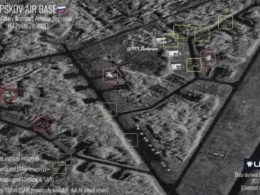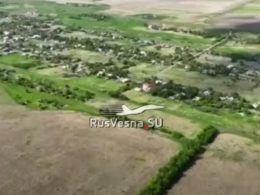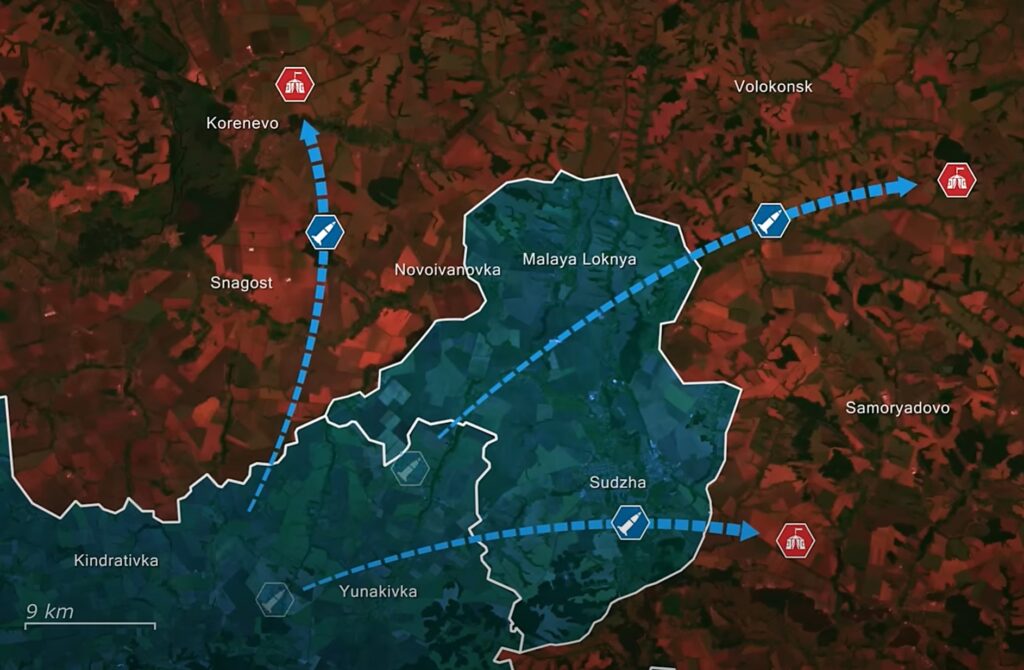
Russia tries to masquerade North Korean forces
Recent intelligence has revealed a secret Russian plan to deploy North Korean troops in the region. But instead of forming standalone North Korean units adhering to their own military tactics and standards, Russia opted to integrate these troops into existing Marine brigades. This approach aimed to camouflage their presence while leveraging Russian command structures, aligning North Korean forces with Russian operational needs.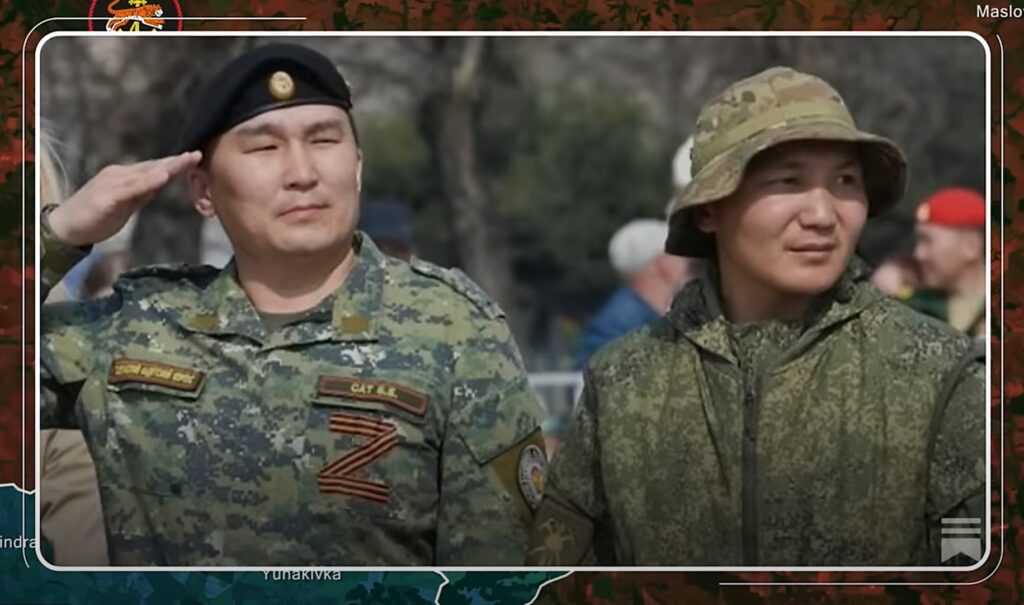
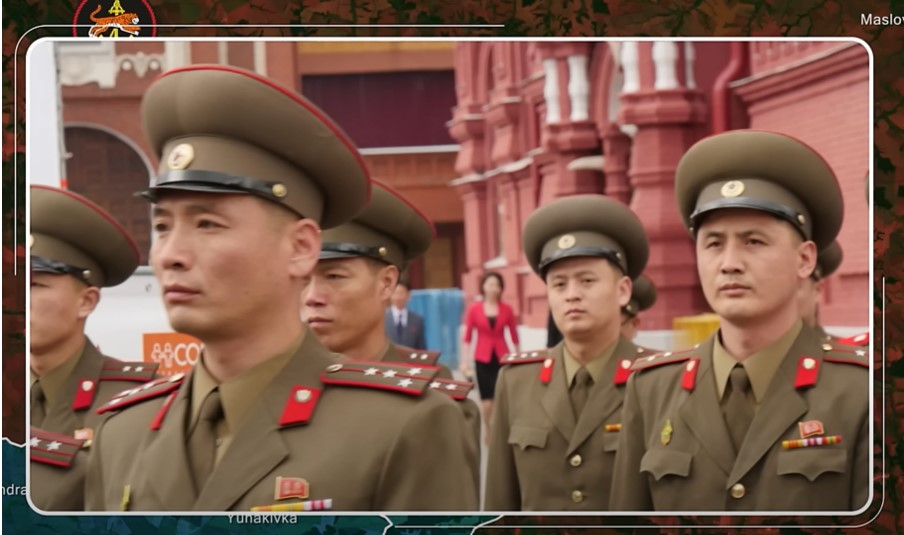
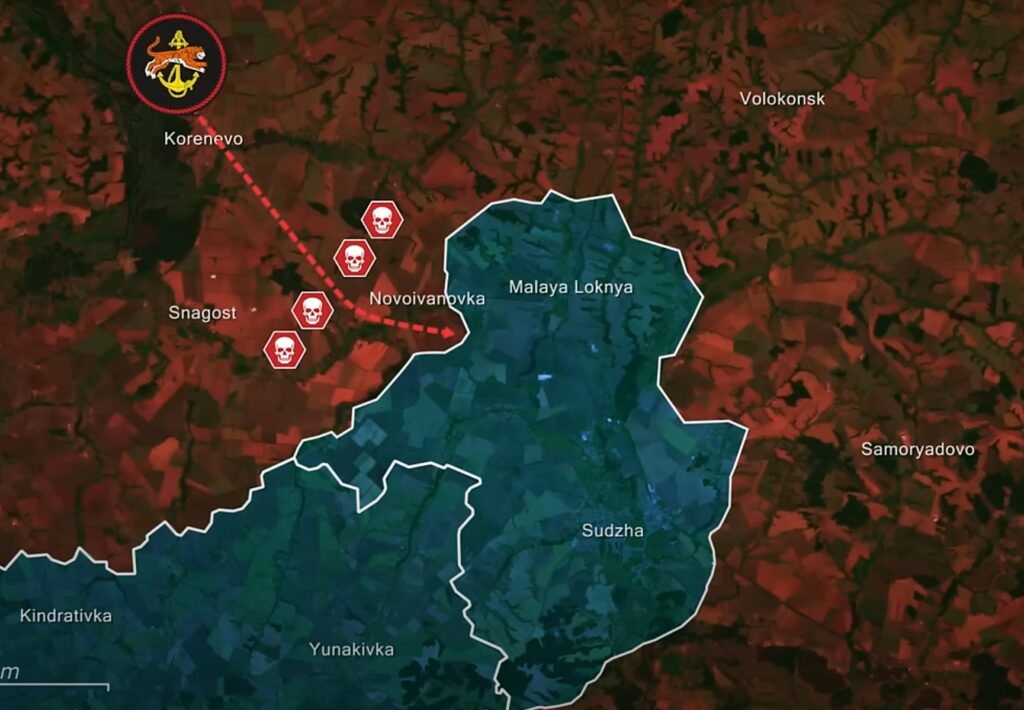
Plan B: Russian VDV airborne units take over
This forced the Russian command to adjust its strategy. Reports now indicate that Russian Airborne units have been redeployed to Kursk specifically to facilitate the integration of North Korean troops as replacements for the destroyed Marines. Elements of the 76th VDV Division, including the 104th Regiment, were redeployed from other fronts to Kursk to backfill losses and create a framework for training North Korean detachments. Joint training exercises are reportedly underway, marking the first stage of their operational integration.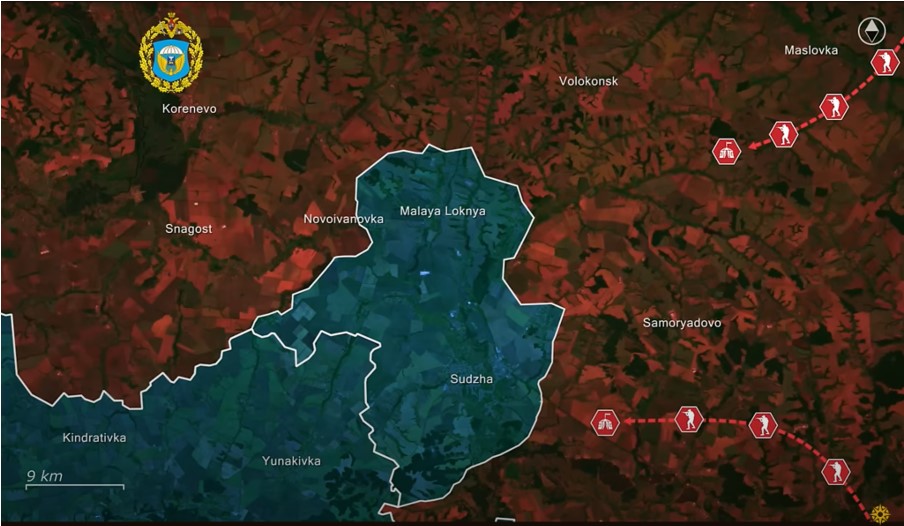
Ukraine's surgical strike
With the skies clear, the Ukrainian Air Force conducted a precise JDAM strike on a Russian deployment site located southeast of Sudzha using a Su-27 fighter jet. Geolocated footage from a Ukrainian surveillance drone shows how two JDAM bombs destroy a large building used as a base by the Russians.